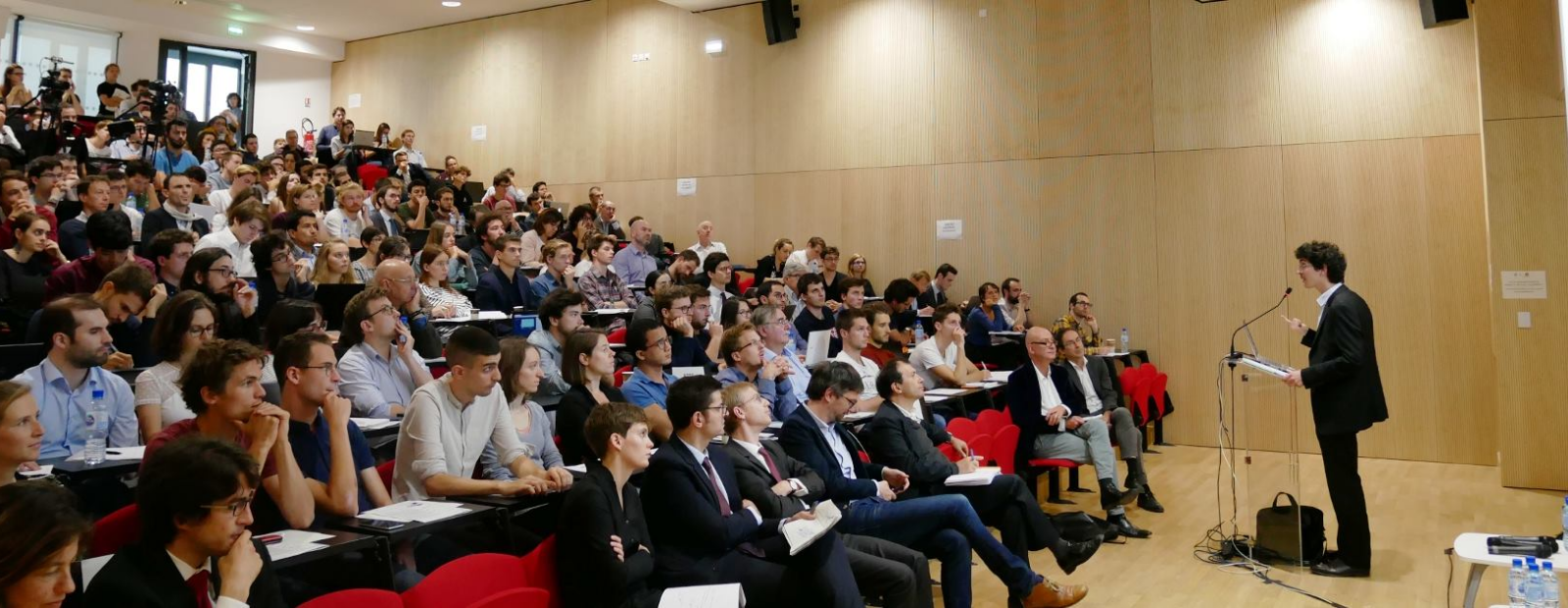Published in
- Professor
- i-MIP Director
- Université Paris 1 Panthéon-Sorbonne
- i-MIP
Research groups
- Associate researcher at the Globalization Chair.
Research themes
- International Trade and Trade policy
- Structural Change, Inequalities and Development
Contact
Address : France
Campus:
Jourdan
Publications HAL
-
The Low-Hanging Fruit of the Single European Market: New Methods and Measures Pre-print, Working paper
-
Heterogeneous Trade Elasticity and Managerial Skills Pre-print, Working paperAuthor: Maria Bas
Published in
-
The heterogeneous impact of the EU-Canada agreement with causal machine learning Pre-print, Working paper
Published in
-
From macro to micro: Large exporters coping with global crises Journal articleJournal: Journal of International Economics
Published in
-

